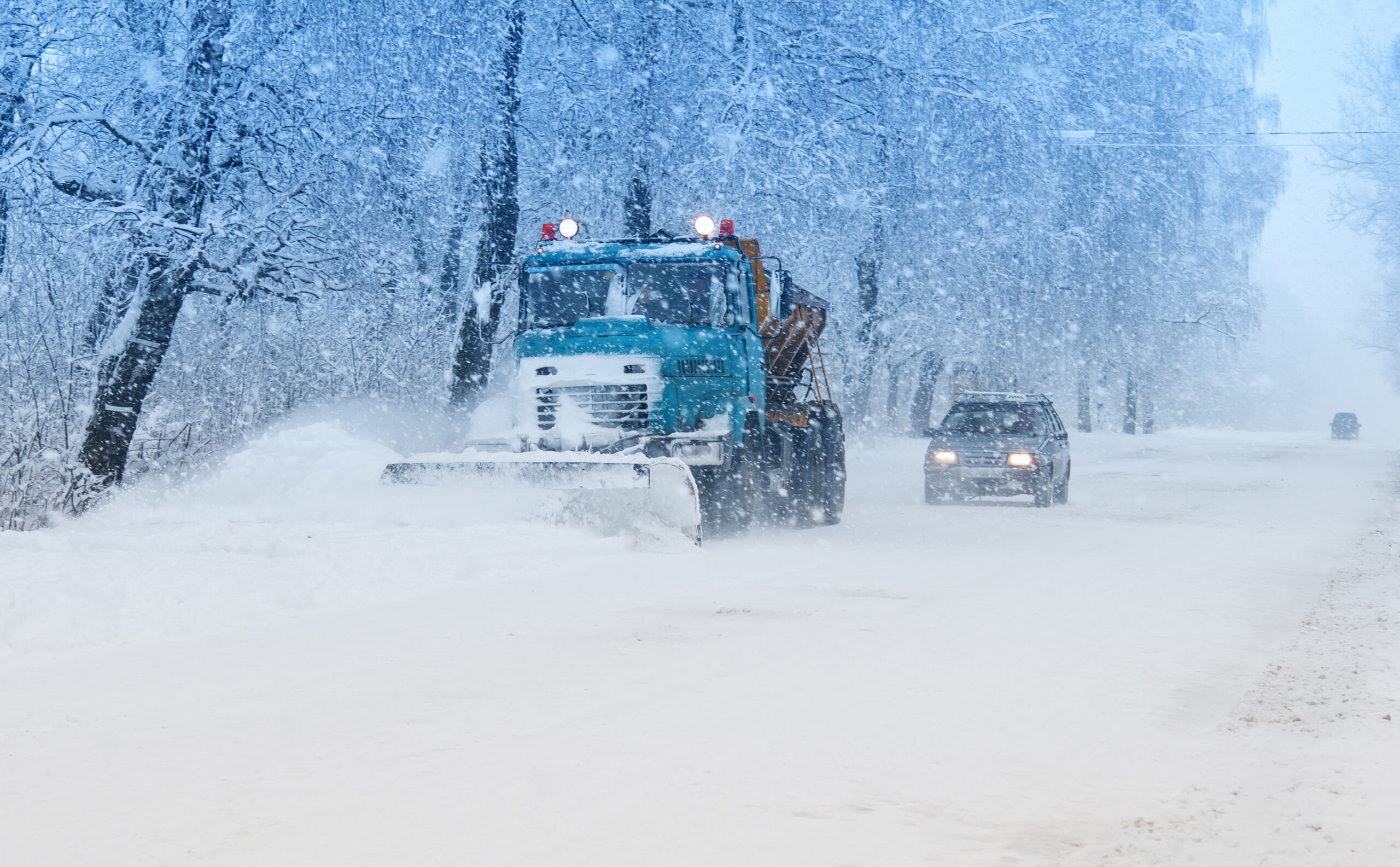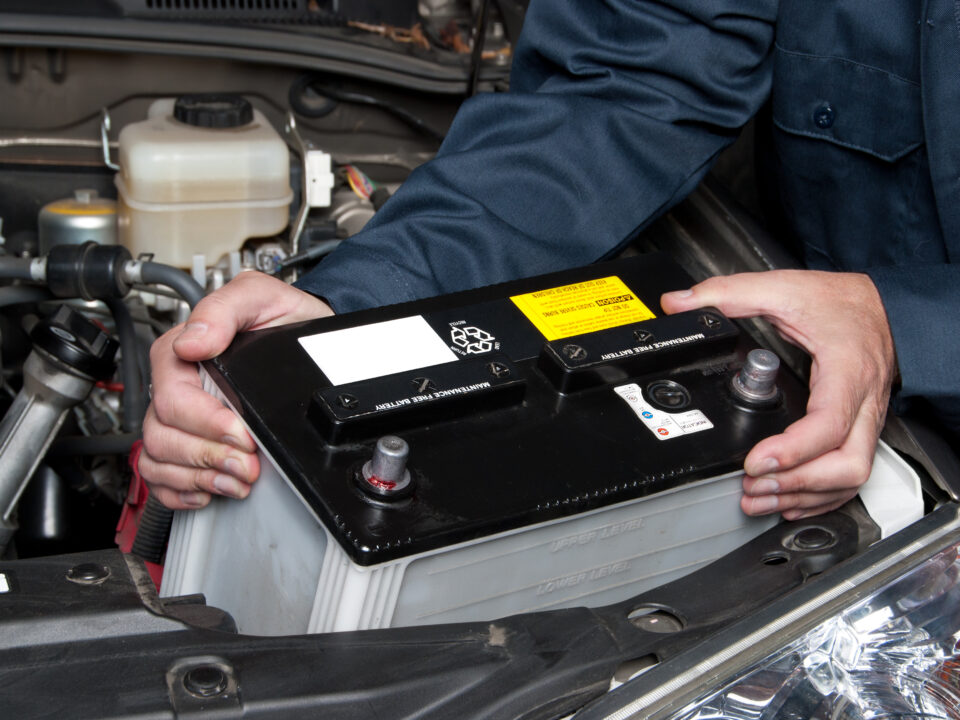- Mon - Fri: 7:30am - 5:30pm
- 613-836-6136
- stittsvilleauto@gmail.com
Surviving Snowstorms: Winter Emergency Preparedness for Drivers

Defrosting Dos and Don’ts: Tips for Clearing Frosty Windows Safely
January 26, 2024
Cold Weather Car Care: Keeping Your Engine Happy in Freezing Temperatures
January 30, 2024Snowstorms can quickly turn a routine drive into a hazardous ordeal. When faced with adverse winter conditions, being prepared can mean the difference between inconvenience and catastrophe. In this article, we'll explore essential tips and strategies for drivers to navigate snowstorms safely and effectively.
Understanding the Risks:
Snowstorms bring a host of challenges, including reduced visibility, slippery roads, and potential vehicle breakdowns. Understanding the risks is the first step toward being prepared for winter driving emergencies.
Essential Winter Emergency Kit:
A well-equipped winter emergency kit can help drivers stay safe and comfortable in the event of a snowstorm. Here's what to include:
Blankets and Extra Clothing: Keep warm blankets, gloves, hats, and extra layers of clothing in case you get stranded and need to wait for assistance.
Food and Water: Pack non-perishable snacks, such as energy bars, nuts, and dried fruit, as well as bottles of water or hydration packs.
Flashlight and Batteries: Ensure you have a reliable flashlight with extra batteries to provide illumination in the dark.
First-Aid Kit: Include a basic first-aid kit with bandages, antiseptic wipes, pain relievers, and any necessary prescription medications.
Shovel and Ice Scraper: A small shovel and an ice scraper can help you dig out of snowdrifts and clear ice from your windshield.
Portable Phone Charger: Keep a portable phone charger or a fully charged power bank to ensure you can communicate in case of an emergency.
Traction Aids: Consider carrying traction aids such as sand, cat litter, or traction mats to help your vehicle gain traction on slippery roads.
Winter Driving Tips:
Monitor Weather Conditions: Stay informed about weather forecasts and road conditions before setting out on a trip. Consider delaying travel if severe weather is expected.
Drive Slowly and Cautiously: Reduce your speed and increase your following distance to allow for longer stopping distances on snow-covered roads.
Use Proper Traction Devices: Equip your vehicle with winter tires or carry tire chains in areas prone to heavy snowfall or ice.
Keep Gas Tank Full: Maintain at least a half tank of gas to prevent fuel lines from freezing and ensure you have enough fuel to keep warm if stranded.
Signal for Help if Stranded: If you become stranded, tie a brightly colored cloth to your vehicle's antenna or mirror to signal for help. Stay inside your vehicle to stay warm and conserve energy.
Emergency Response:
If you find yourself stranded during a snowstorm, follow these steps:
Stay Calm: Keep a level head and prioritize safety. Avoid unnecessary risks or panic-inducing actions.
Call for Help: Use your cell phone to call for roadside assistance or emergency services if needed. Provide your location and details of your situation.
Stay Warm and Hydrated: Use your emergency supplies to stay warm and hydrated while awaiting assistance. Keep moving periodically to maintain circulation.
Conclusion:
Surviving snowstorms requires careful planning, preparation, and a calm demeanor in the face of adversity. By following these tips and strategies for winter emergency preparedness, drivers can increase their safety and resilience when confronted with challenging winter driving conditions. Remember, it's better to be over-prepared than under-prepared when it comes to facing the uncertainties of a snowstorm.




